The spotted python (Antaresia maculosa) and the Children’s python (Antaresia childreni) are both small Australia constrictors.
Since they belong to the same genus, there are a lot of similarities. Here are a few differences between the species:
1. Size
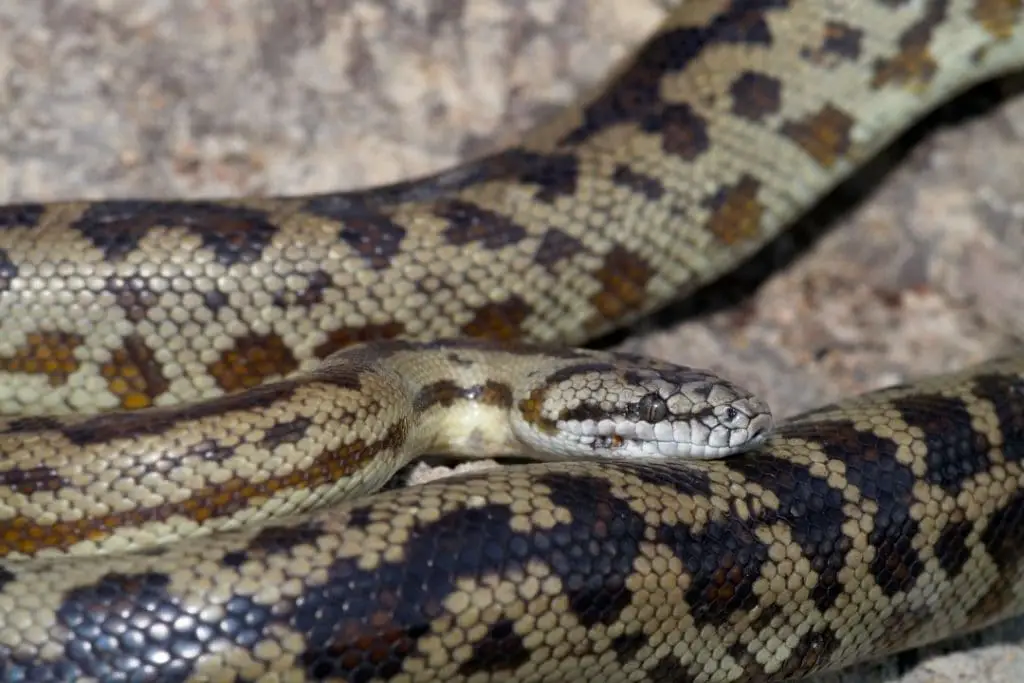
Here is the first big difference. Your average Children’s python stays under 4 feet and is fairly light. You may see a snake up to 5 feet, but this is very rare.
Spotted pythons are the largest in the Antaresia genus. They average around 4 feet but you may see an animal get up to close to 6 feet.
They are a bit thicker and heavier as well. They are fairly similar in size, but a Children’s python is more likely to be smaller than a spotted python.
Male spotted pythons are noted as being slightly larger on average than females. This may be because males compete in the wild, but this hasn’t been confirmed with direct observation.
2. Pattern
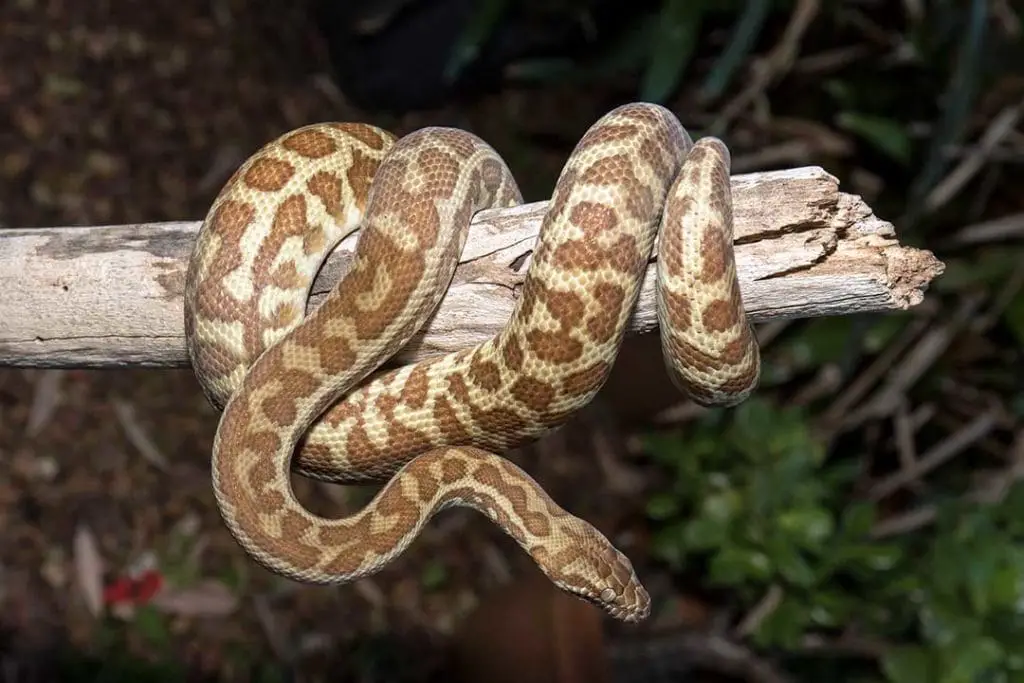
One of the easiest ways to tell these snakes apart is the pattern. Both snakes start off life looking very similar. They both have spots on a brown background, but the spots on a spotted python seem smaller when young.
Children’s pythons become washed out as they age, turning into snakes with a tan background. The spots turn to a lighter brown and become less distinctive with age.
A spotted python will stay darker in color with distinctive spots that give the species the name. Spotted pythons also have less clear definition in the spots on average.
The edges of their blotches is described as ragged in appearance. Children’s pythons have cleaner edges if they retain their pattern. Some adults lose it entirely as they age.
3. Range
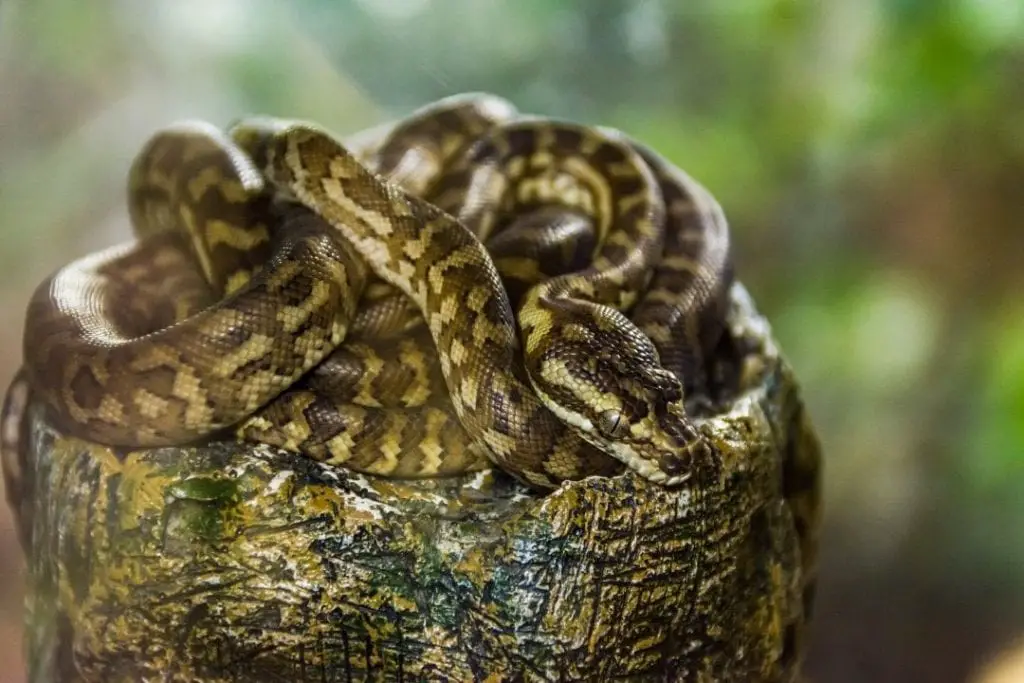
While both species live in Australia, they occupy different ranges. Children’s pythons are found in northern Queensland, the extreme north of Western Australia, and the northern third of the Northern Territory.
They can also be found on the islands of Torres Strait. Spotted pythons can b found from the tip of Cape York, through eastern Queensland, and the northern portion of New South Wales.
They can also be found on islands off the coast of Queensland. This separation means that the species do not cross often in the wild.
4. Habitat
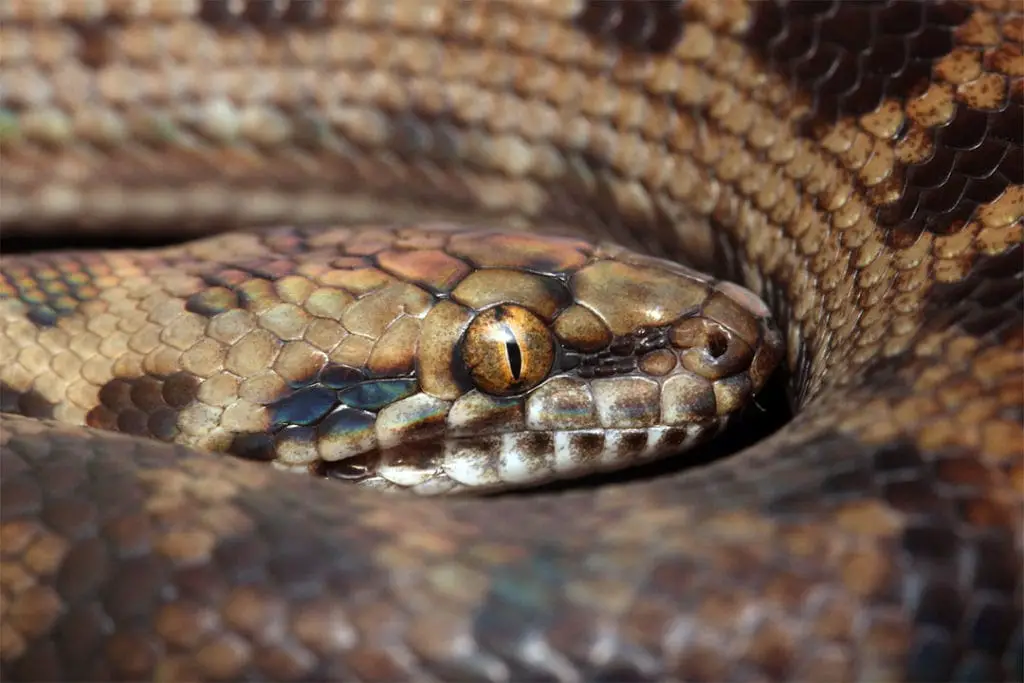
Children’s pythons can be found in a wide range of habitats. They can be found in grasslands, wetlands, deserts, shrubland, savanna, and forest habitats.
This means they can thrive in a wide range of conditions.
Spotted pythons can be found in a wide range of habitats, but they heavily prefer rocky hillsides with plenty of crevices and caves.
5. Diet
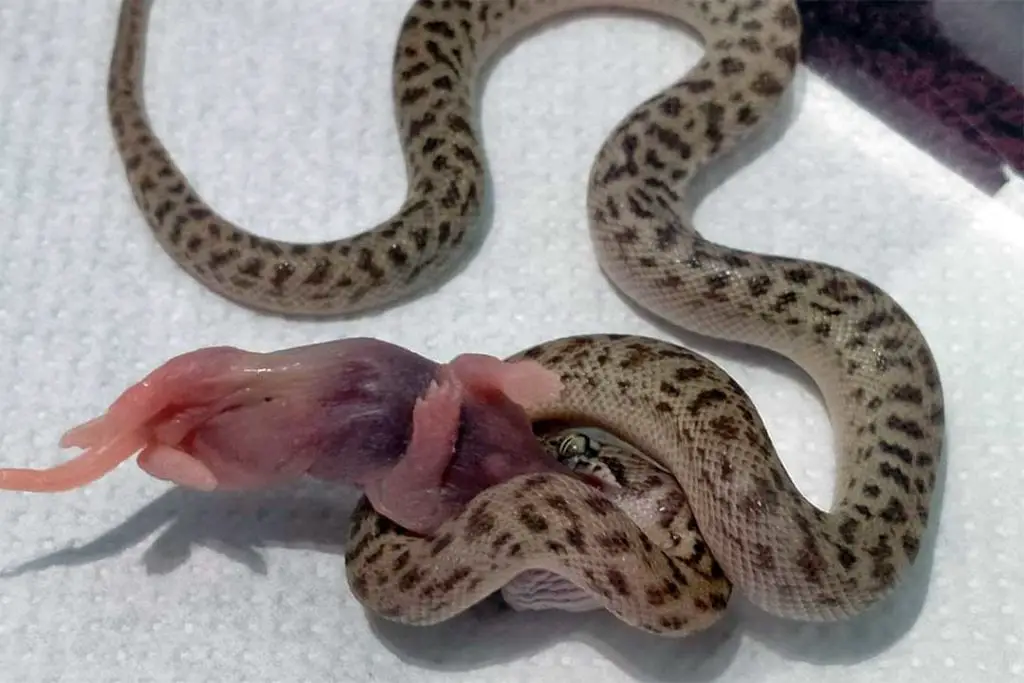
Spotted pythons will take rodents in captivity, but they specialize in eating small bats.
They will snatch them right out of the air. Children’s pythons will also hunt bats, but they also hunt down small mammals, birds, and reptiles.
6. Behavior
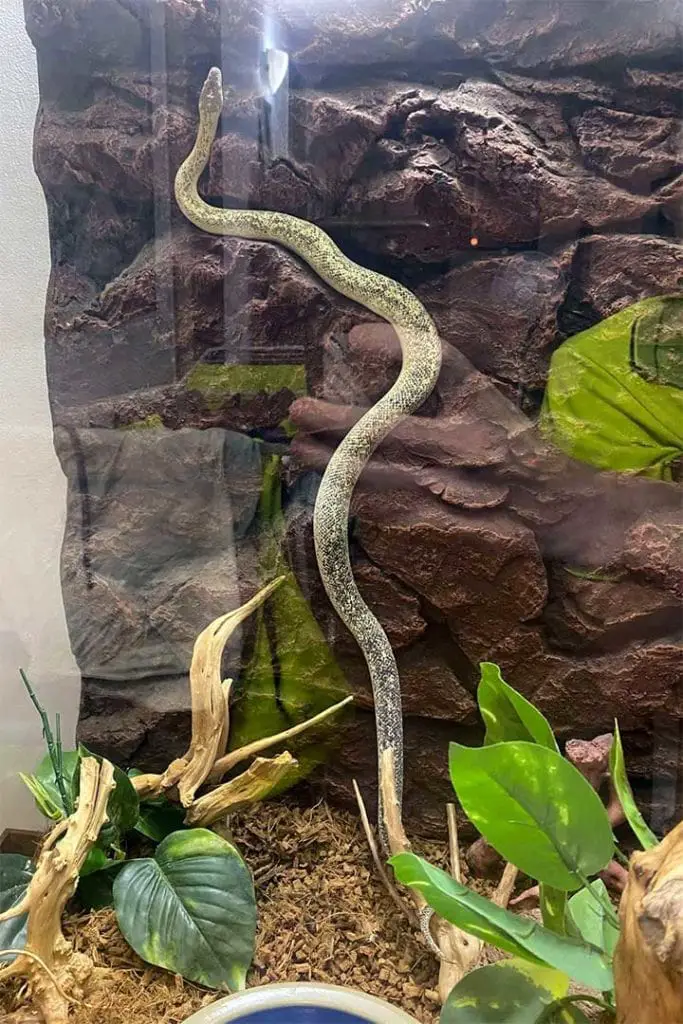
Spotted pythons are known for climbing. They generally like to be in secure caves and crevices where they can both hunt and find shelter.
Children’s pythons have a wider range of behavior in the wild thanks to how wide of a habitat they live in. They will hunt from elevated positions, but they also tolerate open areas slightly more.
7. Captivity
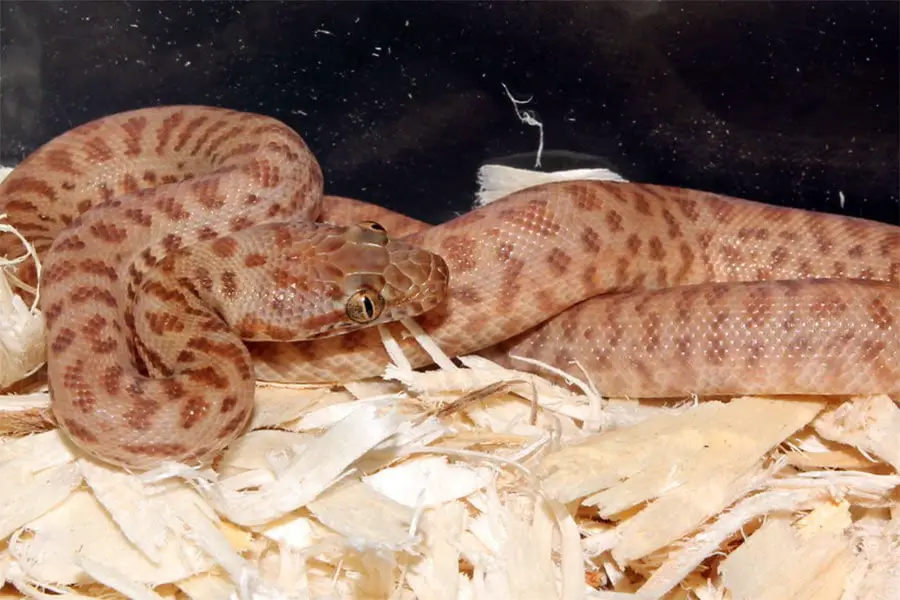
Both species are popular in the pet trade. Spotted pythons are slightly more common outside of Australia.
You can find a few more morph options. They tend to be a bit more likely to nip when young. They are also slightly more defensive of their enclosure than Children’s pythons.
Children’s pythons are somewhat rare outside of Australia. The Stimson python is considered to be the same species, and it is a bit more common.
While setup is similar for both species, (see my care guide for antaresia pythons) spotted pythons prefer caves and rocky terrain over greenery in their habitats.
Children’s pythons will accept any climbing surface. They are very active snakes that need larger enclosures to accommodate that activity level.
8. Subspecies
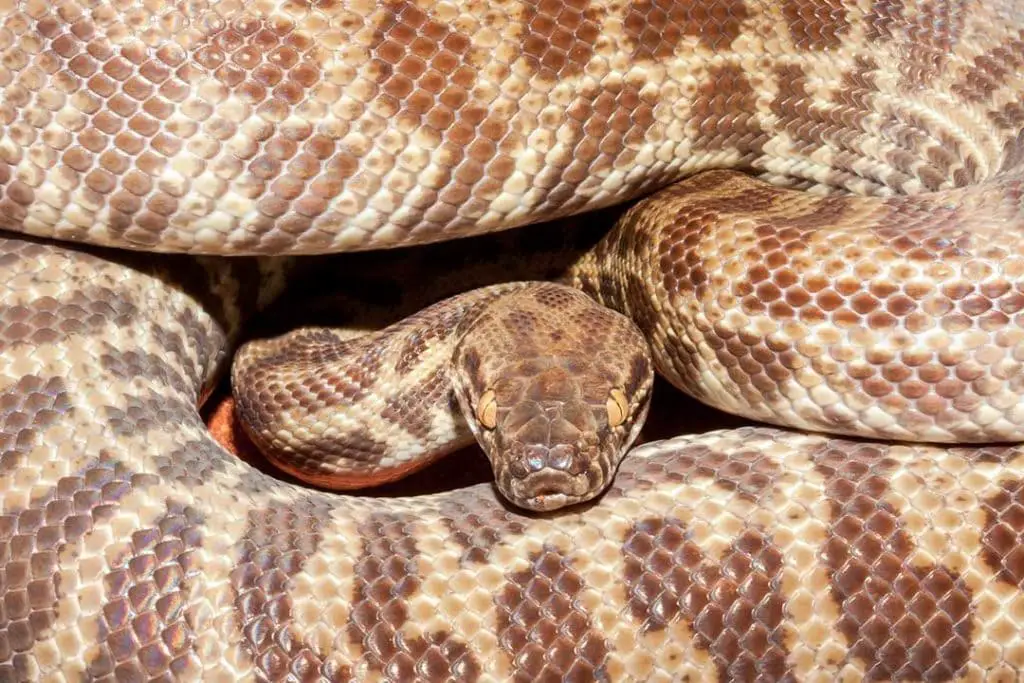
The Children’s python does not have any recognized subspecies. The former species called the Stimson python has been declared a locality rather than a subspecies.
As of 2021, the spotted python has two recognized subspecies. One is the standard species while the other is located specifically in Queensland.
There was considered to be a population in Papua New Guinea, but this has been recognized as a full species.
9. Reproduction
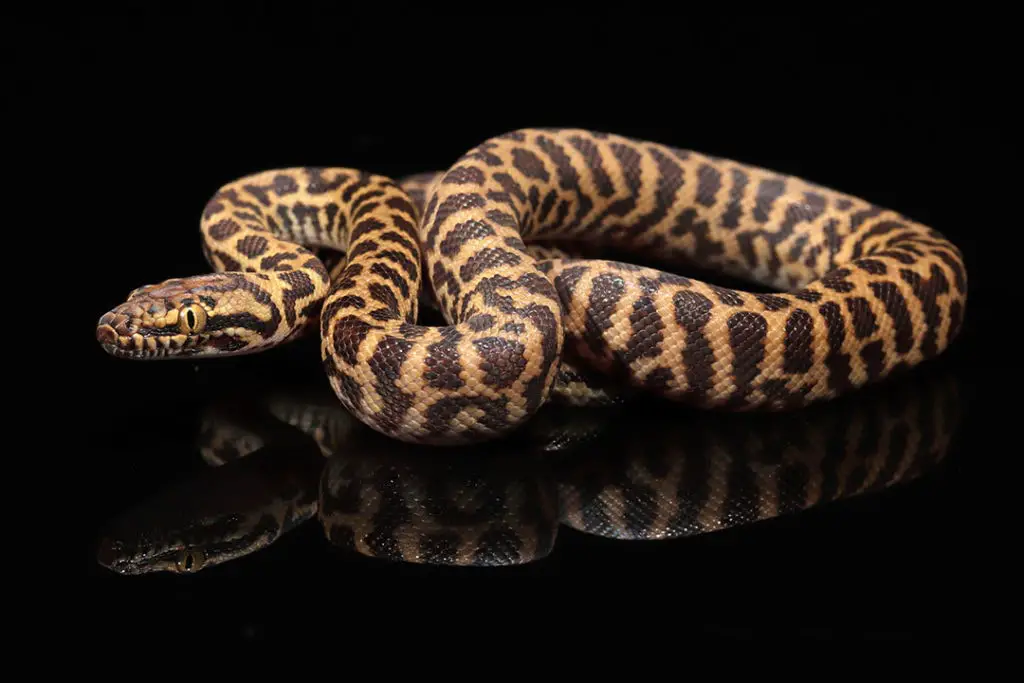
Both species are oviparous. However, they differ in how many eggs they lay in a single clutch. Despite being longer on average, spotted pythons lay up to 15 eggs in a single clutch.
Children’s pythons can produce considerably more in a single breeding season. They can lay up to 25 eggs in a single clutch.
Children’s pythons have also been observed to incubate their eggs. The female will wrap around the eggs and shiver to raise the temperature.
Male Children’s pythons have also been observed to fight over females in captivity.
This may be the case in spotted pythons, but it has not been established.
Conclusion
Spotted pythons and Children’s pythons are very similar as members of the same genus with a similar diet.
However, they do have plenty of differences between them if you have any questions or comments, please leave them below.
Do you own one or both of these species? We would love to hear more about your observations of your pets, so be sure to tell us in the comment section.
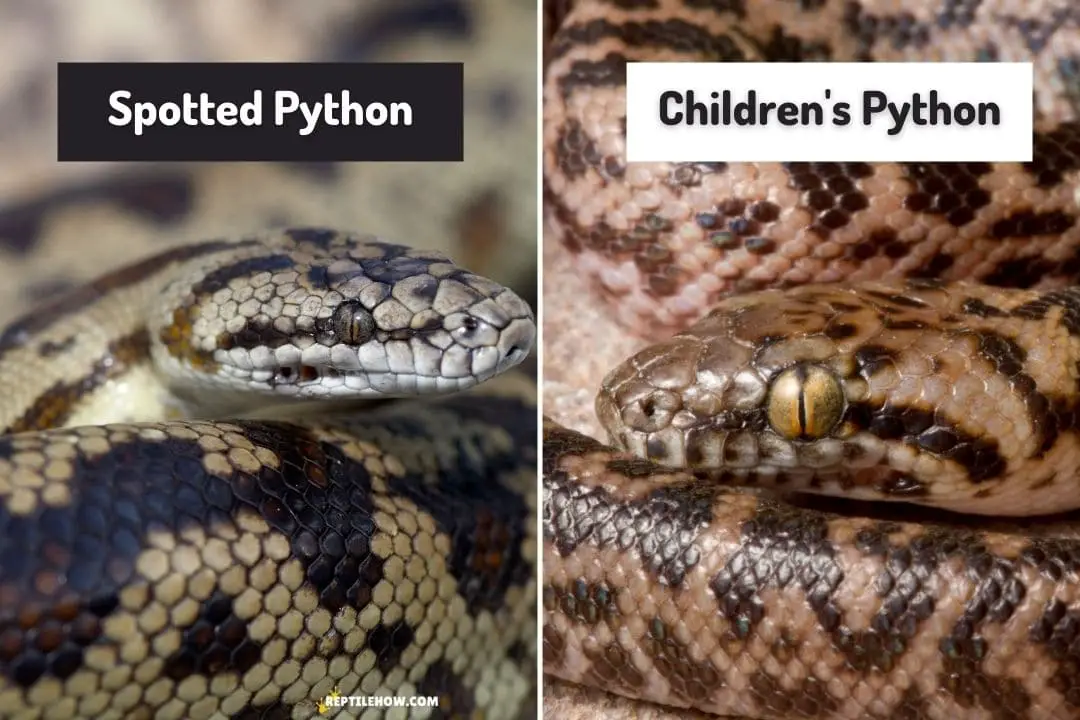
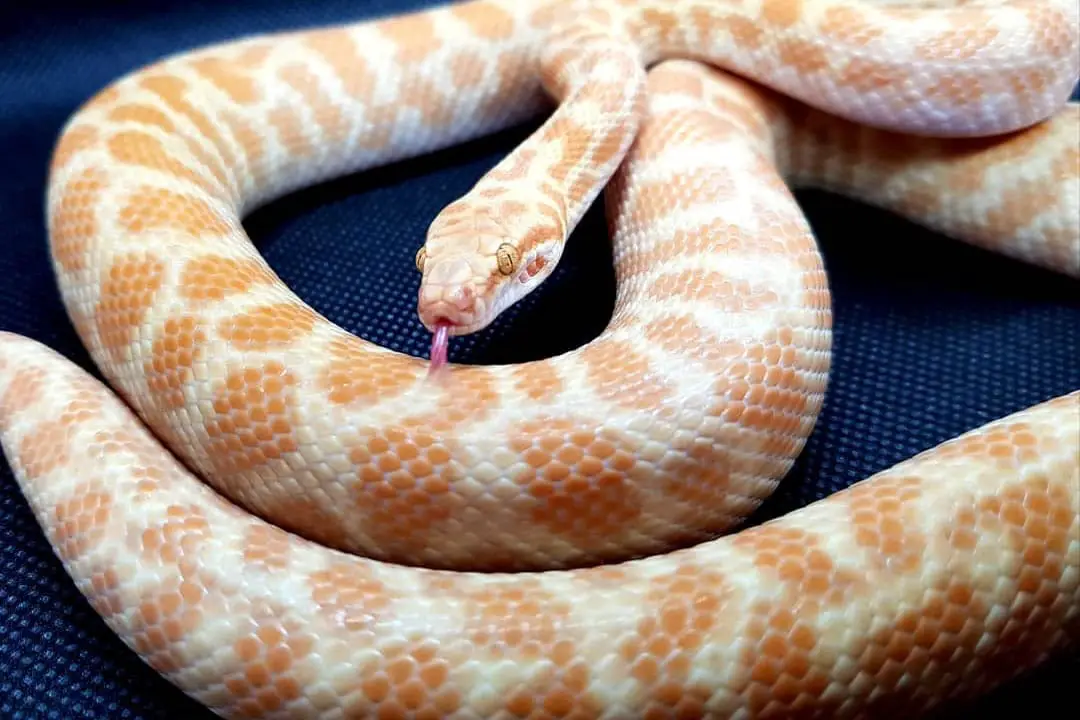
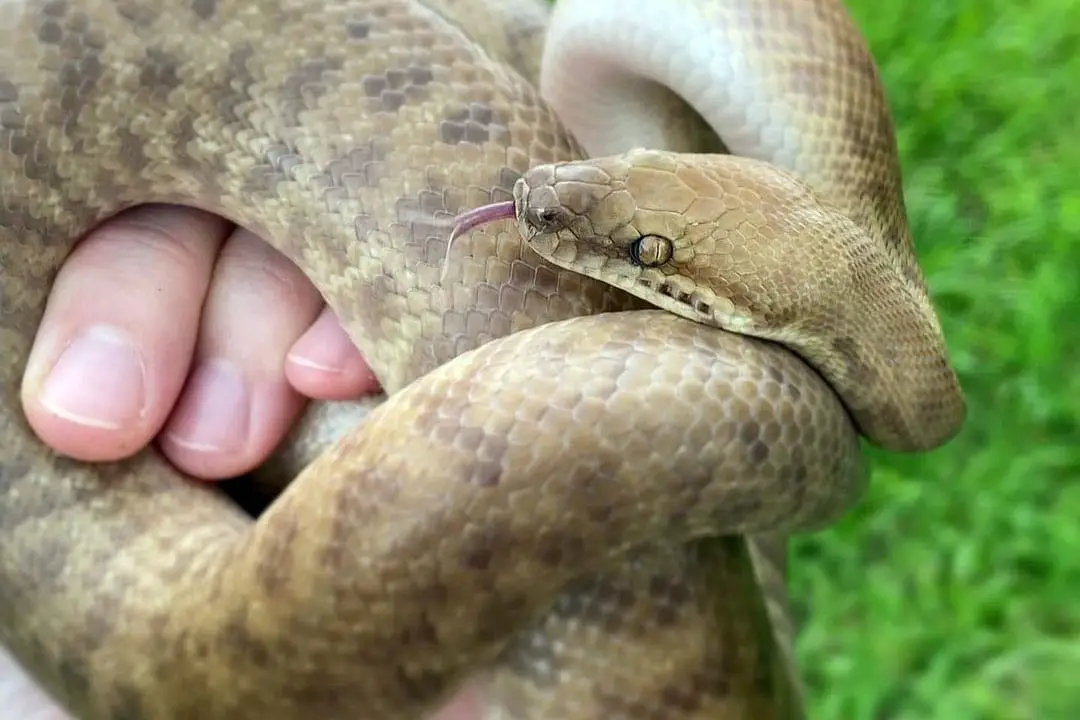
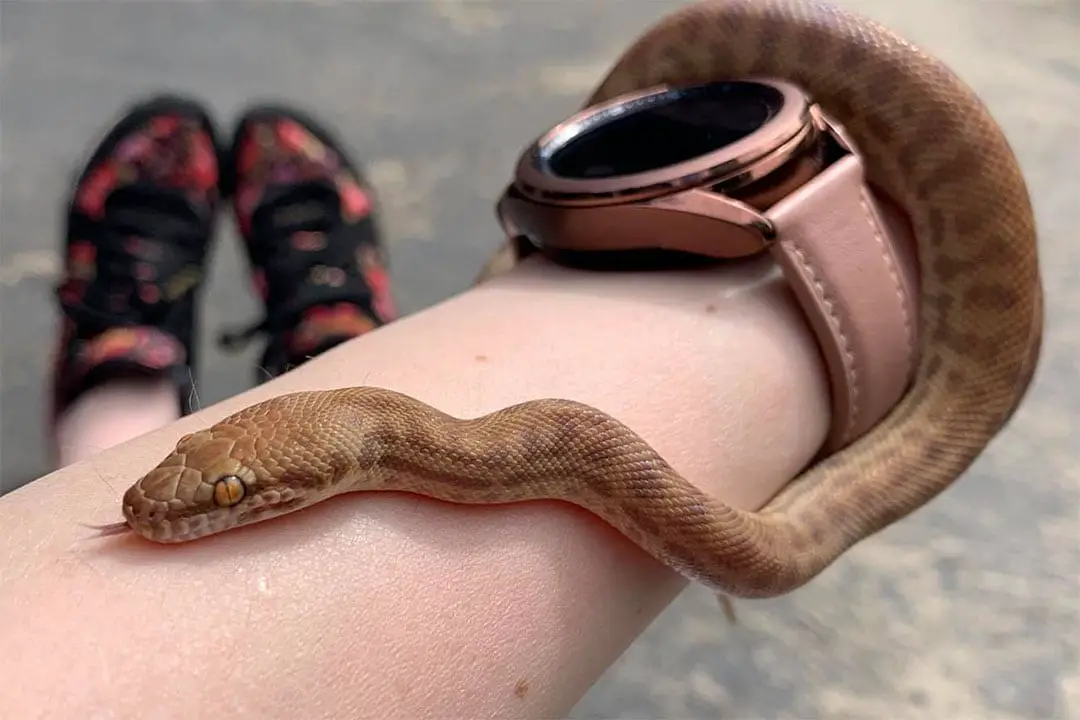

Hi Rudy! I have an 18 month old (ish) Spotted Python named Vraska. I’m simply in love with her. She eats like a champ, sheds perfectly and is SO GREAT at being moved to a new habitat. She’s upgraded multiple times and never gets freaked about a new environment… always just curious and bold. My question is: at about what age do Spotted Pythons start to really get their girth? Vraska is about 34-36 inches long when fully extended but remains very petite and thin. (Looks very healthy, uniform all the way through). But I’m just wanting to make sure she’s on track. And info is hard to find. Thanks! ❤️🐍